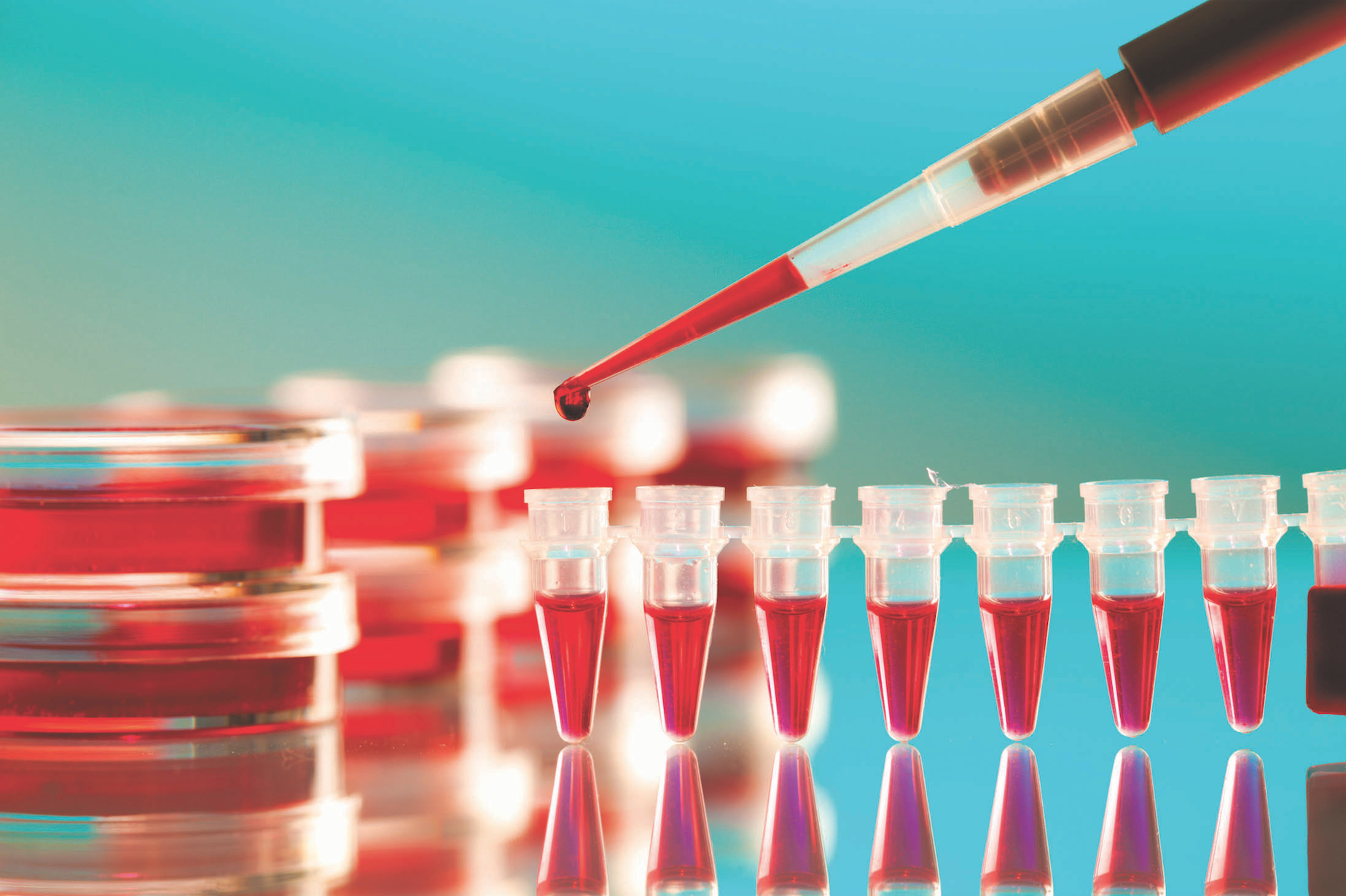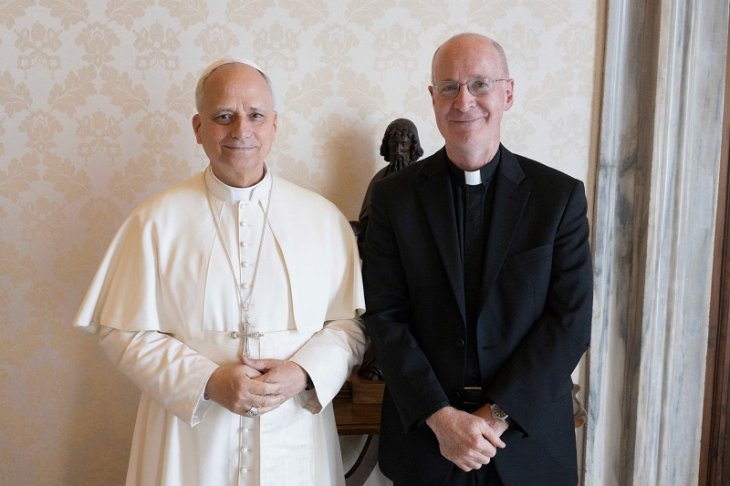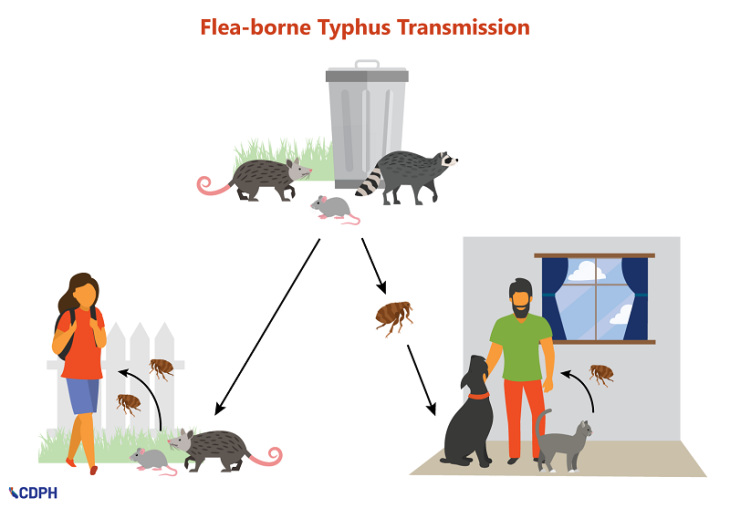What was once essentially a death sentence, now has hope for a cure.
A second person has been confirmed HIV-free earlier this week after having a bone marrow transplant for cancer treatment.
The first person thought to be cured of HIV was an American man named Timothy Brown, originally coined “the Berlin patient.” He received a bone-marrow transplant in 2007 to help treat his aggressive leukemia.
The second person, “the London patient,” was confirmed in a study published on Monday, March 4, after being previously treated for Hodgkin’s lymphoma, according to the Business Journal.
Both patients’ donors had a rare but natural mutation in a gene called CCR5 that is resistant to HIV.
Researchers are tracking the few other people who have HIV and have then had a bone marrow transplant from someone with the CCR5 mutation in a collaboration called IciStem.
Researchers are still cautious about the results of the bone marrow transplant.
“Continuing our research, we need to understand if we could knock out this [CCR5] receptor in people with HIV, which may be possible with gene therapy,” Ravindra Gupta, the study’s lead author, said in a release.

Even though Brown is thought to be cured of that strain, he still has to take medications that prevent another strain that uses the CXCR4 protein from replicating in his body.
“At 18 months post-treatment interruption it is premature to conclude that this patient has been cured,” the authors of the study wrote in the journal Nature on Tuesday.
Bone marrow transplants might not be a realistic treatment option for most people with HIV, who don’t necessarily have cancer. Over 38,000 Americans were diagnosed with HIV in 2018. 6,160 deaths in the United States in 2016 were directly attributed to HIV, according to the Business Journal.
Public health experts have a plan to end HIV in the U.S. by 2030, but it focuses on managing patients’ virus with drugs and prevent it from spreading to more people.
Gay and bisexual men accounted for 66 percent (25,748) of all HIV diagnoses and 82 percent of HIV diagnoses among males in the U.S., according to the Center for Disease Control.
For more information regarding HIV/AIDS care and prevention, visit HIV.gov.























